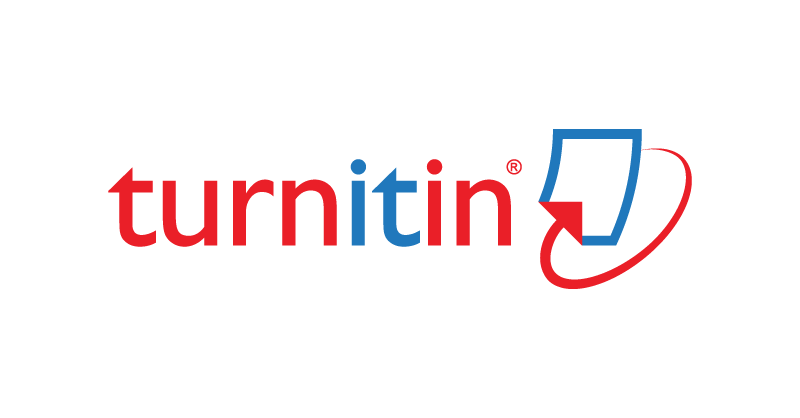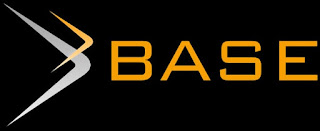Model Manajemen Pendidikan Karakter Religius Di SDIT Qurrota A’yun Ponorogo
DOI:
https://doi.org/10.21154/muslimheritage.v1i2.605Keywords:
educational management, religious character, SDIT qurrota a’yunAbstract
Abstract: The function of religious character for children is to build awareness about their relationship with God and creator. In the context of a school curriculum, the religious character education is required to deliver learners become faithful and devoted, have good morals, and discipline in accordance with existing regulations, courtesy of the teachers and parents, as well as care for the environment. Therefore, this article will discuss the Religious Character Education Management Model in Integrated Islamic Primary Schools (SDIT) Qurrota A'yun. SDIT Qurrota A'yun Ponorogo is one of the schools with a religious character education through habituation to the students' everyday activities and religious worship. Based on the analysis of the study, concluded that: 1) The values of the religious character developed in SDIT Qurrota A'yun includes a number of Islamic values. 2) Planning a religious character education in SDIT Qurrota A'yun through the structuring vision and mission, curriculum and lesson plans, and the Draft Cultural Religious School. 3) Implementation of a religious character education in SDIT Qurrota A'yun through Teaching and Learning Activities (KBM), the implementation of a school culture with the exemplary method and habituation, and within self development activities. 4) Evaluation of the religious character education in SDIT Qurrota A'yun performed using instruments of observation / observation class teacher, the book link provided by the school as a means of control student activities outside of school, and student journal.
Abstrak: Karakter religius berfungsi untuk membangun kesadaran anak tentang adanya Tuhan dan hubungannya dengan pencipta. Dalam konteks kurikulum sekolahan, pendidikan karakter religius diperlukan untuk menghantarkan peserta didik menjadi insan yang beriman dan bertaqwa, berakhlak mulia, tertib dan disiplin sesuai dengan peraturan yang ada, sopan santun terhadap guru dan orang tua, serta peduli terhadap lingkungannya. Oleh karena itu, Artikel ini akan membahas Model Manajemen Pendidikan Karakter Religius Di Sekolah Dasar Islam Terpadu (SDIT) Qurrota A’yun. SDIT Qurrota A’yun Ponorogo merupakan salah satu sekolah yang menerapkan pendidikan karakter religius melalui pembiasaan keseharian siswa dengan aktifitas-aktifitas ibadah dan keagamaan. Berdasarkan hasil analisis kajian, disimpulkan bahwa: 1) Nilai-nilai karakter religius yang dikembangkan di SDIT Qurrota A’yun mencakup sejumlah nilai agama Islam. 2) Perencanaan pendidikan karakter religius di SDIT Qurrota A’yun melalui penyusunan struktur Visi dan Misi, Kurikulum dan RPP, dan Draf Budaya Religius Sekolah. 3) Pelaksanaan pendidikan karakter religius di SDIT Qurrota A’yun melalui Kegiatan Belajar Mengajar (KBM), pelaksanaan budaya sekolah dengan metode keteladanan dan pembiasaan, dan memalui kegiatan pengembangan diri. 4) Evaluasi pendidikan karakter religius di SDIT Qurrota A’yun dilakukan dengan menggunakan instrumen observasi/pengamatan wali kelas, buku penghubung yang disediakan sekolah sebagai alat kontrol kegiatan siswa diluar sekolah, dan jurnal siswa.
Downloads
Published
Issue
Section
License
Requirements to be met by the author as follows:
- Author storing copyright and grant the journal right of first publication manuscripts simultaneously with licensed under the Creative Commons Attribution License that allows others to share the work with a statement of the work's authorship and initial publication in this journal.
- Authors can enter into the preparation of additional contractual separately for non-exclusive distribution of a rich version of the journal issue (eg:post it to an institutional repository or publish it in a book), with the recognition of initial publication in this journal.
- Authors are allowed and encouraged to post their work online (eg, in institutional repositories or on their website) prior to and during the submission process, because it can lead to productive exchanges, as well as citations earlier and more severe than published works. (see The Effect of Open Access).

















